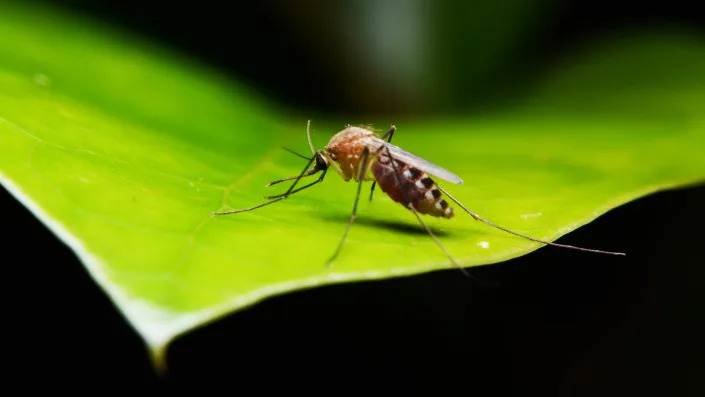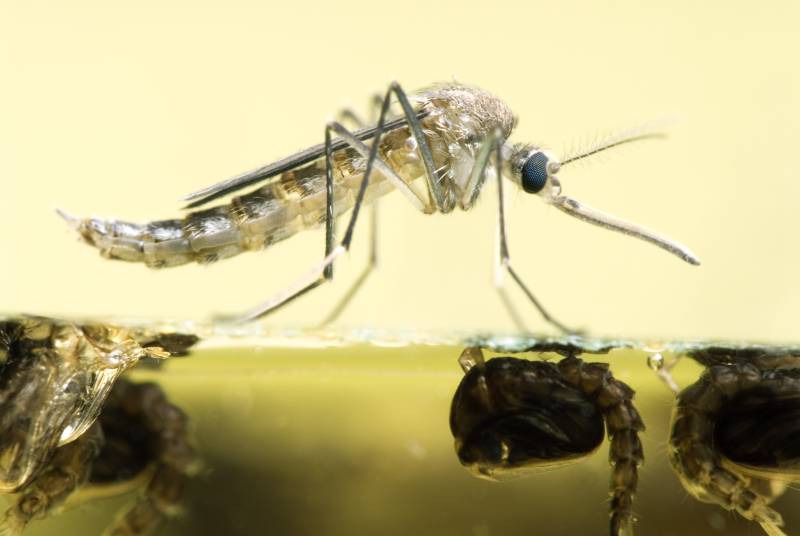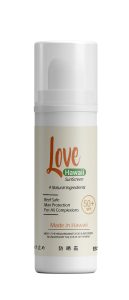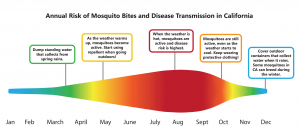Check out other Fine Hawaiian Products Made in Hawaii
- Maui Soap Company – Known for its handmade soaps and skincare products, using natural ingredients inspired by the Hawaiian Islands. https://www.mauibath.com
- Big Island Bees – Produces raw, organic honey sourced from their own bee farms on the Big Island of Hawaii. https://bigislandbees.com
- Island Essence – Offers a range of natural bath and body products, including lotions, oils, and soaps, inspired by the scents of Hawaii. https://www.islandessence.com
- Wai Meli – Specializes in organic, raw honey products derived from various floral sources across Hawaii. https://waimeli.com
- Hawaii Coffee Company – Produces 100% Hawaiian coffee sourced from local farms and estates throughout the Hawaiian Islands. https://www.hawaiicoffeecompany.com
- Mamalani – Creates natural, organic skincare products inspired by traditional Hawaiian healing practices. https://www.mamalani.com
- Hawaiian Springs – Bottles and distributes natural spring water sourced from the island of Oahu. https://www.hawaiianspringswater.com
- Honey Girl Organics – Offers organic skincare products made with honey and other natural ingredients, sourced from Hawaii. https://honeygirlorganics.com/collections/facial-products
- Ola Brew Co. – A brewery that produces craft beer infused with natural Hawaiian flavors and ingredients. https://www.olabrewco.com
- Hamakua Mushrooms – Cultivates gourmet mushrooms using sustainable farming practices on the Big Island of Hawaii. https://youtu.be/Azes6S3oSV4



 Employ Natural Repellents
Employ Natural Repellents












